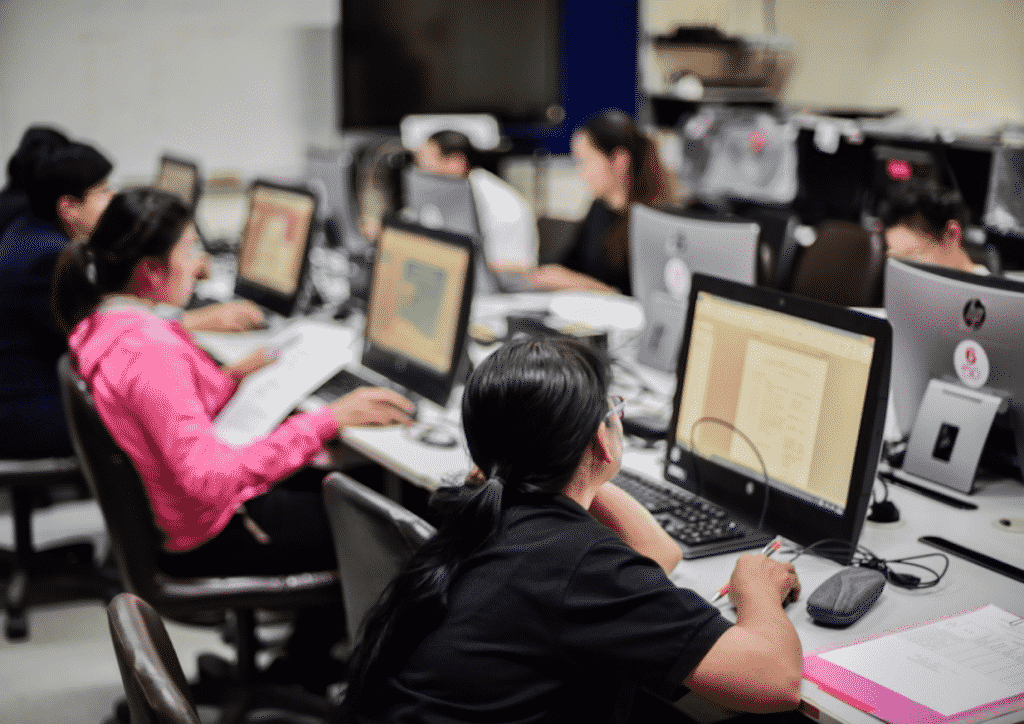Some data shows that over 80% of worldwide companies spent the lockdown working from home. This shift from office to remote environment was quite strange to many of them, as they’ve never experienced anything similar.
The situation created a perfect environment for the use of employee monitoring software. Even the companies who were reluctant earlier got on board and saw the benefits it can bring. However, if you’re still reluctant abou it, stick with us, as well show you some of the benefits, as well as the concerns this software brings.
Pros of Employee Monitoring Software
Employee monitoring brings more to the company – more accountability, more productivity, more transparency, and more independence; and both employees and employer are happy with it. Remote employees want to be seen, and the easiest way for managers to see them is to monitor them. You’ll be able to see when they clocked in/out, did they work overtime, if they were generally productive throughout the day, and so on. These will come in handy when you’re regulating payroll and evaluations, but your employees can remain certain that no effort of theirs will go unnoticed.
By default, tools that monitor employees tend to make them more productive (at least for some time), it’s just human nature. When we know we’re being watched, we tend to behave better than usually. But, if you really want to make your employees more productive, you should analyze their daily behaviour, see if they’re spending too much time on some of their tasks, and check if they might need additional training for them. Research shows that people tend to be unproductive when they’re unsure of their knowledge. When you look at it, it’s a win-win situation. You get a more productive employee, and in return they’re happier because they have the knowledge they need to advance.
Companies that are thriving today are those that are completely transparent with their employees. This means sharing the ups and downs as they happen, but also keeping everyone in the loop. Employee monitoring software can definitely bring more transparency to you, as you can share the data of everyone’s progress (including your own) with the entire team.
Remote employees require more independence than the office employees, especially in times like these. They don’t need anyone to micromanage every step they take, so using a software to check up on them from time to time, without interrupting their workflow is a perfect way to ensure your projects will run smoothly.
Concerns of Employee Monitoring Software
Although the benefits of monitoring are quite clear, there are still some concerns you should be able to address and think through before implementing this type of software.
First of all, check if it’s legal in the countries of your employees, and to what extent. Laws differ, so in some cases employers are allowed to monitor employees without their knowledge, in others you might need to notify employees up to two weeks before you install the software. Even if your employees live in a country where secret monitoring is allowed, you shouldn’t do it because your workers will definitely lose trust in you once they find out.
You should also be mindful about the data you’re collecting. Only collect the data that’s necessary for your business goals, limit the collection of personal data, don’t take screenshots while employees are on social media, etc.
Don’t monitor employees outside of working hours, let them turn on and off the software as they need, because they’ll certainly need to handle some private business and you shouldn’t be tracking that.
Wrap Up
All things considered, employee monitoring software can really help you a lot, and take your business organization to the new heights. Yet, if you’re not careful, you can quickly turn into a spying micromanager, and nobody likes that.

